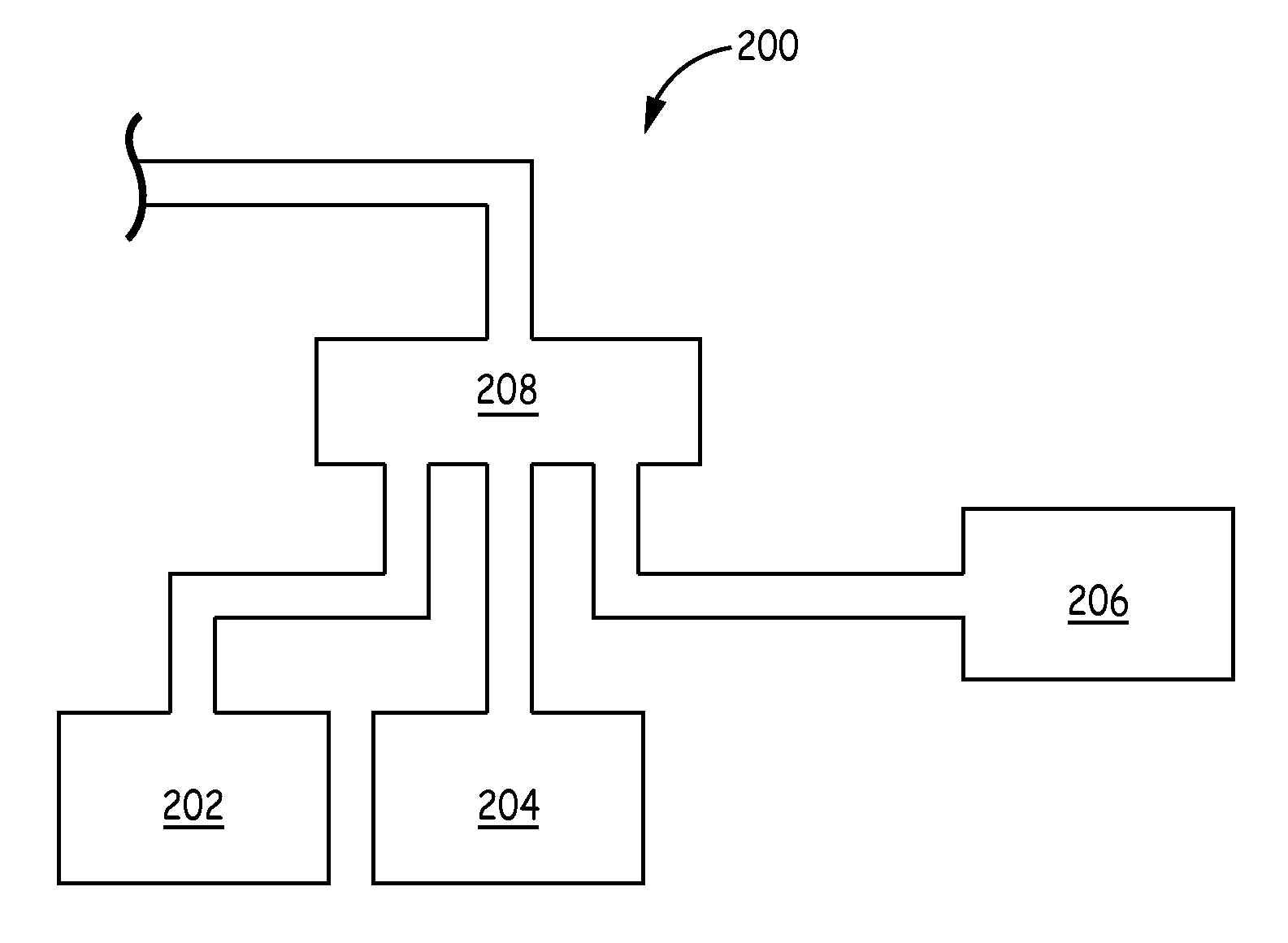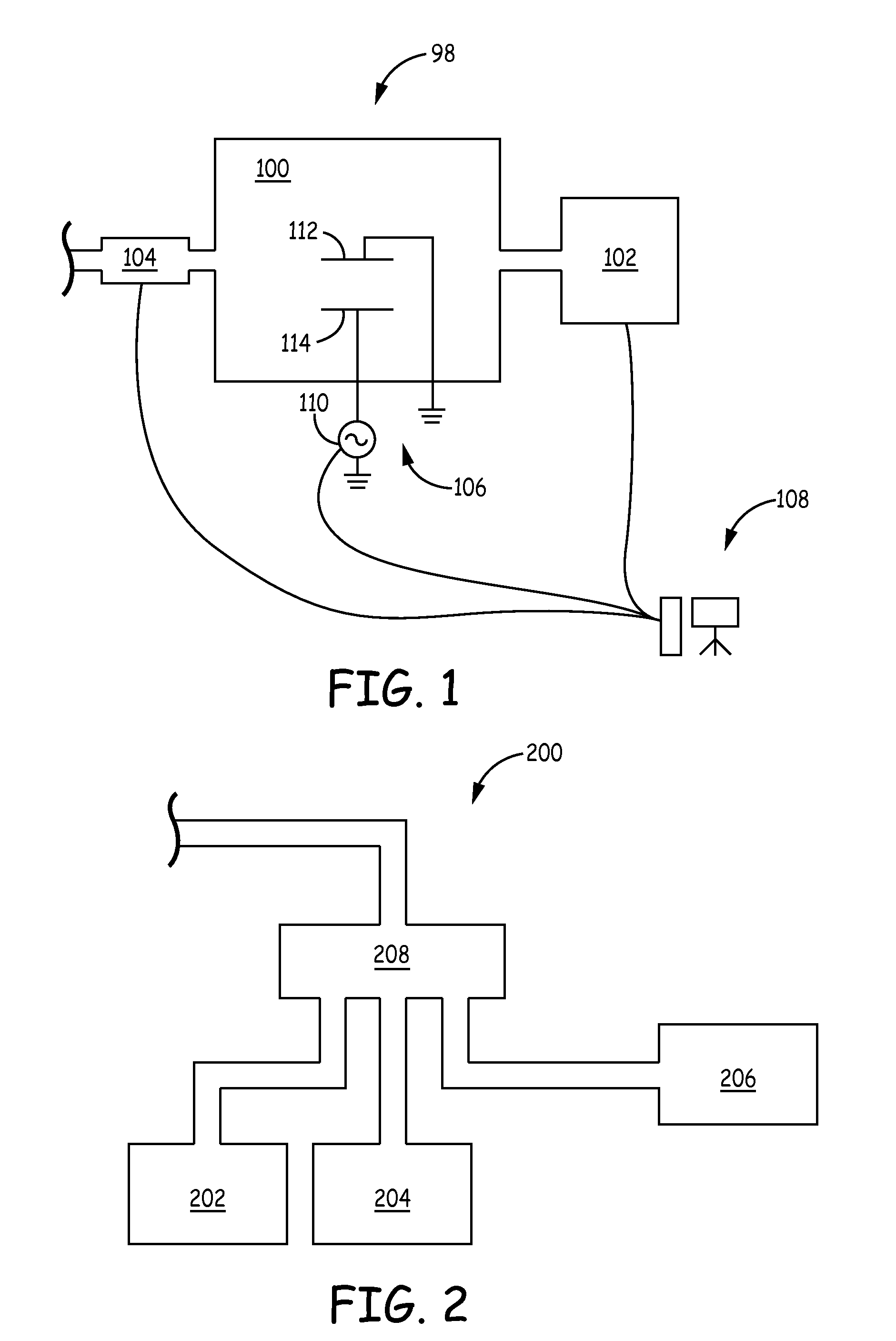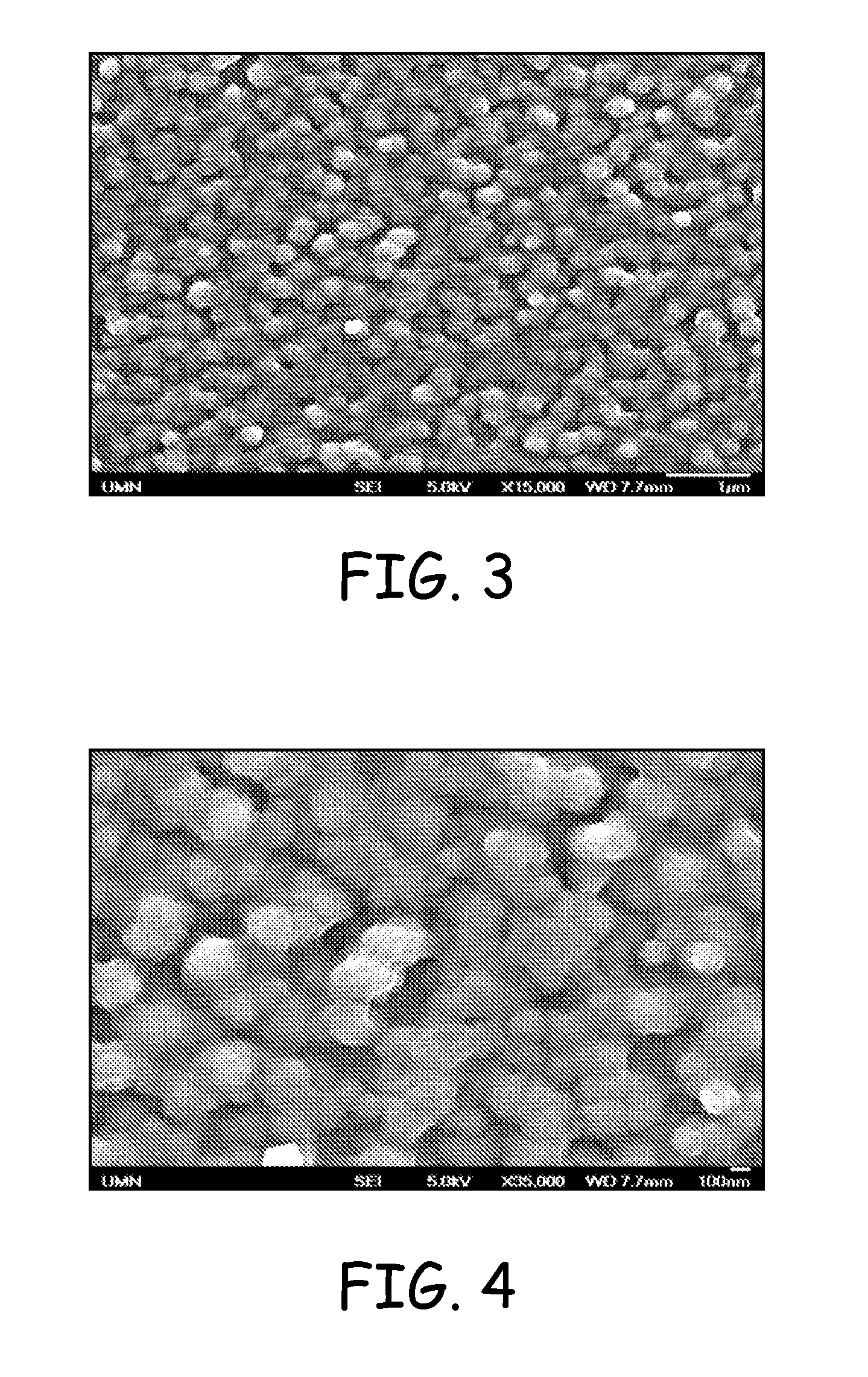Apparatus and methods for plasma enhanced chemical vapor deposition of polymer coatings
a technology of chemical vapor deposition and plasma, applied in the field of apparatus and methods for plasma enhanced chemical vapor deposition of polymer coatings, can solve the problem of not being able to provide a surface modification
- Summary
- Abstract
- Description
- Claims
- Application Information
AI Technical Summary
Benefits of technology
Problems solved by technology
Method used
Image
Examples
example 1
Structure and Performance of Hydrophobic Layers Deposited on Semiconductor Substrates: Pulsed Precursors and Pulsed Plasmas
[0061]This example demonstrates the structure and hydrophobic performance of a polymer coating on a silicon substrates, the polymer layer consisting of a hydrophobic layer comprising a particulate polymer layer. The polymer layer was formed using the adapted PECVD processing approaches described herein and incorporating pulsed precursors and pulsed plasmas.
[0062]To demonstrate structure and hydrophobicity, two samples (samples 1 and 2) were formed. Each sample comprised a silicon chip substrate. Each silicon chip was first cleaned using a PECVD cleaning process. The silicon chips were placed in the vacuum chamber of a PECVD apparatus and the chamber was evacuated to via a mechanical pump to a pressure of about 0.1 mTorr. The chips were kept in the chamber for about 5 minutes at that pressure to allowing for outgassing of the substrate. After about five minutes, ...
example 2
Performance of Hydrophobic Layers Deposited on Mobile Computing Devices: Pulsed Precursors and Pulsed Plasmas
[0065]This example demonstrates the hydrophobic performance of a polymer coating on mobile phone substrates, the polymer layer consisting of a hydrophobic layer comprising a particulate polymer layer. The polymer layer was formed using the adapted PECVD processing approaches described herein and incorporating pulsed precursors and pulsed plasmas.
[0066]To demonstrate hydrophobicity, two additional samples (samples 3 and 4) were formed. Each substrate comprised an Apple iPhone® 4. The substrates were cleaned as described above in Example 1. After cleaning the vacuum chamber was subsequently evacuated to about 0.1 mTorr. Once the pressure of 0.1 mTorr was achieved, the hydrophobic layer was deposited using a pulsed RF field and by pulsing vaporized TDFOM (sample 3) or PDFA (sample 4) into the chamber. The RF field had a frequency of 13.56 MHz has was pulsed at rate of 100 kHz us...
example 3
Performance of Hydrophobic Layers Deposited on Non-Woven and Woven Materials: Pulsed Precursors and Pulsed Plasmas
[0069]This Example demonstrates the hydrophobic performance of a polymer coating on woven and non-woven material substrates, the polymer layer consisting of a hydrophobic layer comprising a particulate polymer layer. The polymer layers were formed using the adapted PECVD processing approaches described herein and incorporating pulsed precursors and pulsed plasmas.
[0070]To demonstrate hydrophobicity, 3 additionally samples (samples 5-7) were formed. The substrate of samples 5 and 6 comprised a facial tissue (non-woven material) and the substrate of sample 7 comprised a 100% cotton t-shirt (woven material). A polymer coating consisting of a hydrophobic layer was deposited on the each or of the substrate as described in Example 1. For samples 5 and 7, a PFDA was used to form the hydrophobic layer and, for sample 6, TDFOM was used to form the hydrophobic layer. Goniometric a...
PUM
| Property | Measurement | Unit |
|---|---|---|
| Time | aaaaa | aaaaa |
| Time | aaaaa | aaaaa |
| Thickness | aaaaa | aaaaa |
Abstract
Description
Claims
Application Information
 Login to View More
Login to View More - R&D
- Intellectual Property
- Life Sciences
- Materials
- Tech Scout
- Unparalleled Data Quality
- Higher Quality Content
- 60% Fewer Hallucinations
Browse by: Latest US Patents, China's latest patents, Technical Efficacy Thesaurus, Application Domain, Technology Topic, Popular Technical Reports.
© 2025 PatSnap. All rights reserved.Legal|Privacy policy|Modern Slavery Act Transparency Statement|Sitemap|About US| Contact US: help@patsnap.com



